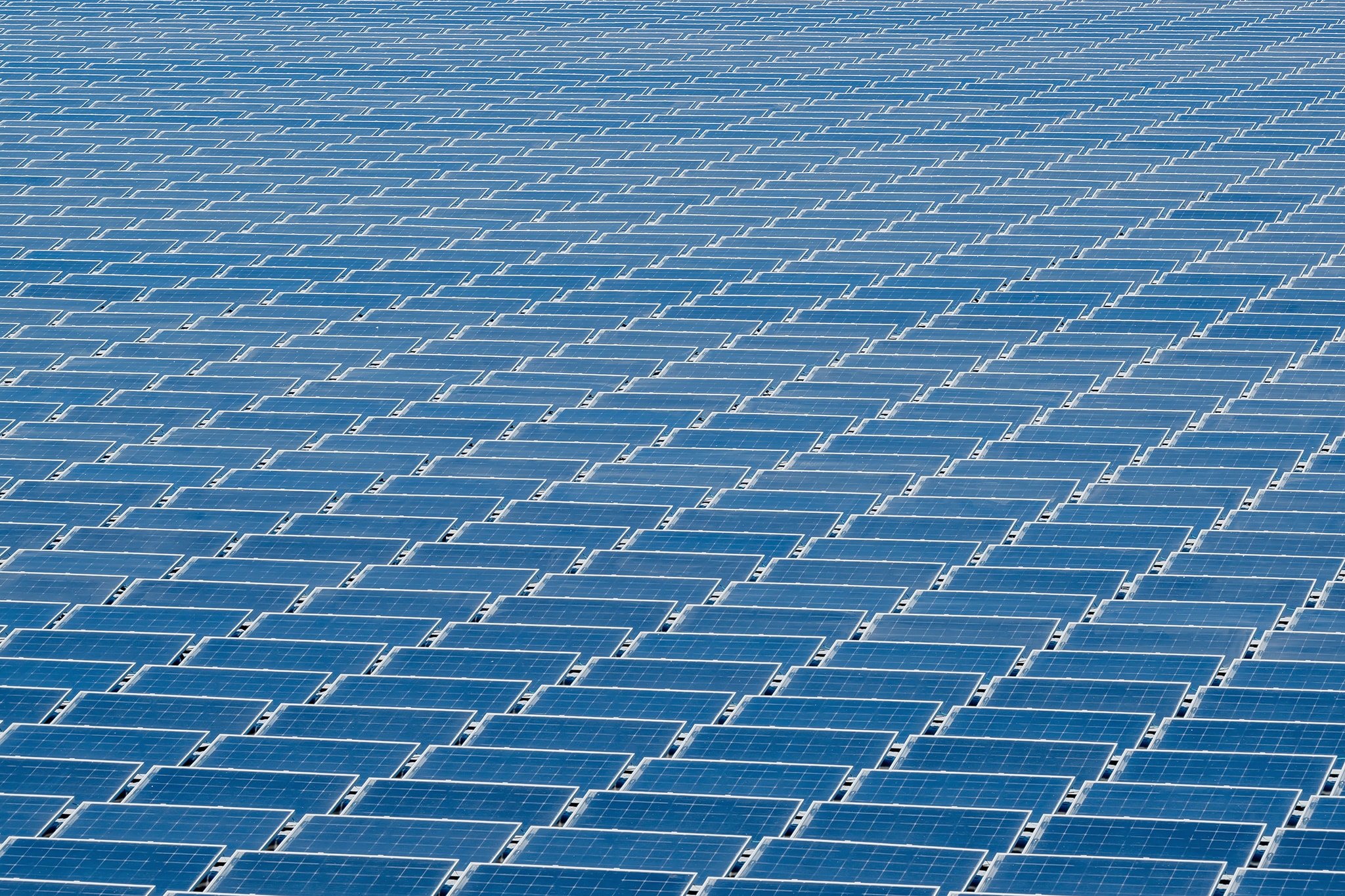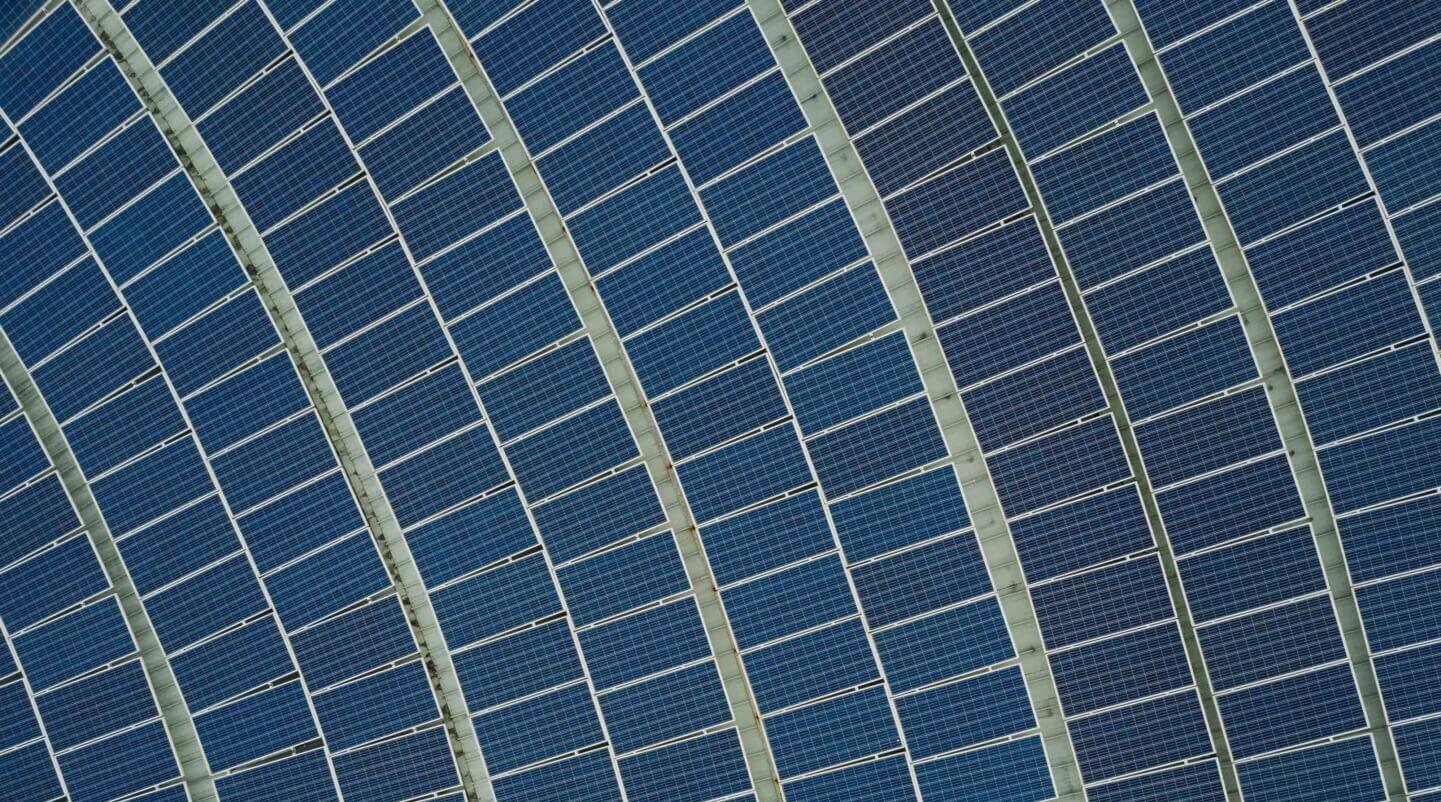According to the International Energy Agency (IEA), global oil demand growth is expected to slow down in the coming years, with a peak in demand anticipated before the end of the decade. The IEA has released its latest medium-term market report, which forecasts that global oil demand will be rising by 6% from 2022 to reach 105.7 million barrels per day in 2028.
World oil demand growth is set to slow to a crawl in the coming years.
The high prices & security of supply concerns highlighted by the global energy crisis are hastening the shift towards cleaner energy technologies.
More in Oil 2023 ⬇️ https://t.co/4iGiSPuyui
— International Energy Agency (@IEA) June 14, 2023
However, annual demand growth is expected to thin down from 2.4 million barrels per day this year to 400.000 barrels per day in 2028. The IEA predicts that the shift to a clean energy economy is picking up pace, with electric vehicles, energy efficiency, ad other technologies advancing. This shift is expected to lead to a peak in global oil demand before the end of the decade.
The downturn in advanced economies is also expected to render the global outlook even more dependent on China’s post-Covid pandemic reopening being able to maintain its early momentum, which would eventually lift global trade and manufacturing. The IEA forecasts that Chinese consumption will initially rebound by 1.5 million barrels per day but lose momentum to just an average 290.000 barrels per day year-on-year from 2024 to 2028.
Related Articles: The Village That Stood up to Big Oil – and Won | Could US Oil Companies Be Tried for ‘Climate Homicide’? | Big Oil Sees Record Profits: “Exxon Made More Money Than God This Year”
The IEA also expects oil producers outside of the influential coalition of the Organisation of the Petroleum Exporting Countries and its allies (OPEC+) to dominate medium-term capacity expansion plans, including the US and other American producers.
The global supply capacity is set to rise by 5.9 million barrels per day to 11 million barrels per day by 2028, with growth lulling amid a US slowdown. This will lead to a spare capacity cushion of 4.1 million barrels per day, focused in OPEC heavyweights Saudi Arabia and the UAE.
The IEA continued to ring alarm bells over ongoing upstream oil and gas investment, which it predicts will reach its highest since 2015 at $528 billion in 2023, simultaneously covering demand and surpassing “the amount that would be needed in a world that gets on track for net-zero emission.”
In a landmark 2021 report, the IEA emphasized the importance of not starting new oil, gas or coal projects if the world is to achieve the target of net-zero by 2050. The IEA assumes that more than 1 in 4 cars in 2028 will be electric.
Overall, the IEA’s report highlights the growing importance of the world transitioning into a clean energy economy and continuing to reduce greenhouse gas emissions. The shift away from petrol-powered vehicles to electric vehicles, energy efficiency, and other technologies is expected to lead to a peak in global oil demand before the end of the decade.
As states continue to pursue net-zero emission goals, it is important for oil producers to pay attention to the gathering pace of change and calibrate their investment decisions to ensure an orderly transition.
Editor’s Note: The opinions expressed here by the authors are their own, not those of Impakter.com — In the Featured Photo: Oil rigs on water. Featured Photo Credit: Wallpaper flare.














